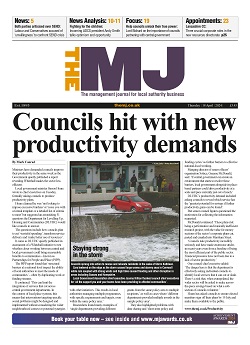Thirty years ago, the centres of big cities such as Manchester, Birmingham and Liverpool were run down, dilapidated places, where few businesses wanted to locate and create jobs, and even fewer people wanted to live.
However, as recent Centre for Cities research shows, this picture has changed dramatically over the past few decades. The central areas of these cities are now vibrant and dynamic places to live in, and are increasingly the preferred locations for businesses in highly productive, highly skilled industries.
In Manchester, for example, the number of city centre jobs grew by 84% between 1998-2015, and the city centre population grew by nearly 150% over a similar period. Comparable transformations have also been evident in other big cities across the North and Midlands.
This urban renaissance has undoubtedly been a good thing for these cities and their neighbouring areas. It has brought new homes and jobs (high-paying roles in particular), and has made these cities more vibrant and attractive places to live, work and play in.
But this success brings significant challenges too. As the pressures of success increase, local leaders will need to take tough decisions on how to sustain and expand the growth of their commercial centres, while also providing the homes and amenities their residents want and need.
All of them want to attract more jobs, protect the nightlife and culture which make them vibrant, and house more residents. But city centre space is limited. So when it comes to the crunch, the priority in increasingly successful cities should be on protecting and expanding the commercial space in city centres, rather than encouraging more residential development.
That may seem like an obtuse argument to make, given the high demand for housing in our most successful cities. But the choice is not between whether to build offices or houses, but where to build both.
Different parts of cities have different roles to play in the local economy. It is not by accident that businesses (especially high-paying ones) choose to locate in the centre of cities, rather than in suburban areas. They do so because the city centre offers them the access to clients, other relevant businesses, workers and infrastructure that they need to thrive.
In contrast, housing can – and should – be built in most other parts of cities, which means increasing density in more suburban neighbourhoods and allowing some controlled development on well-connected green belt land.
This is a prospect which is guaranteed to generate noisy protest in some quarters, and is therefore unlikely to feature high on the electoral platforms of many local politicians ahead of May’s elections.
But the reality is that as cities become more successful – and more important to the national economy – difficult decisions about how to manage that success cannot be avoided. Getting those calls rights will be crucial for the future prosperity of urban areas and their residents.
Andrew Carter is chief executive of Centre for Cities


